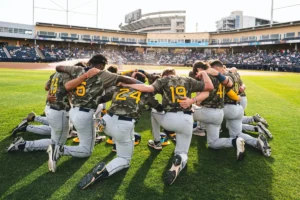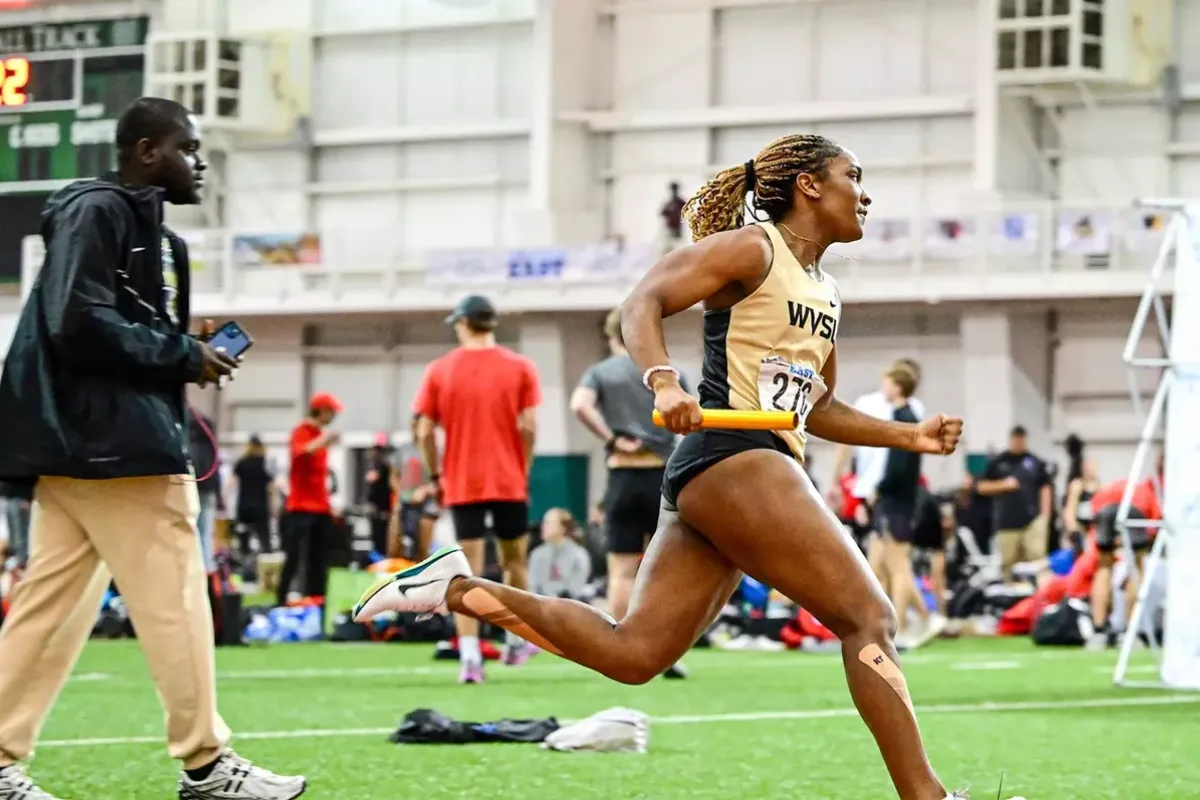West Virginia head coach Rich Rodriguez wasn’t joking when he said not to put too much stock into the Gold-Blue Showcase earlier this spring. Now, his words ring louder than ever as the Mountaineers experience a massive reshuffling of their football roster.
Since the spring practice period ended, a total of 36 players have entered the NCAA transfer portal, including 24 who were on scholarship and even one who had previously retired due to medical reasons. This exodus, while notable, was anticipated by Rodriguez, who had been vocal about the potential impact of upcoming roster restrictions tied to the looming NCAA House Settlement, which will cap rosters at 105 players.
Rodriguez extended the spring practice schedule by a week, using the extra time to meet individually with players to evaluate their status and fit within the team’s future. These honest assessments likely spurred many of the departures, as players opted for new opportunities elsewhere.
Though challenging, the turnover is part of Rodriguez’s broader plan to mold the team in his image. Only two of the transferring players—running back LJ Turner and tight end Johnny Pascuzzi—were not part of the roster he inherited. In today’s fast-paced, win-now college football environment, it’s common for coaches to overhaul personnel quickly to match their systems and culture.
The good news for West Virginia fans? The open roster spots give the Mountaineers a chance to reload with players who better fit Rodriguez’s vision. The coaching staff is already hard at work in the transfer portal, bringing in talent expected to contribute right away. Some of these new additions may become starters, while others will be vital in increasing competition across position groups.
So far, the coaching staff has zeroed in on key needs, including linebacker, offensive line, defensive line, wide receiver, tight end, and defensive back. Running back could be another target as the roster solidifies. The goal is to finalize the lineup by July, ensuring the team can fully engage in summer workouts before shifting to fall camp and preparations for the 2025 season.
Despite the high number of exits, the spring wasn’t a loss. Rodriguez called it “productive” and emphasized that the team is in a much better place than when spring began.
“There’s still work to be done,” Rodriguez admitted. “But we can work with the players this summer—not full practices, but enough to get them ready for fall camp.”
As the Mountaineers continue to retool and refocus, one thing is clear: West Virginia is not backing down from the challenge of building a competitive football team, one piece at a time.













